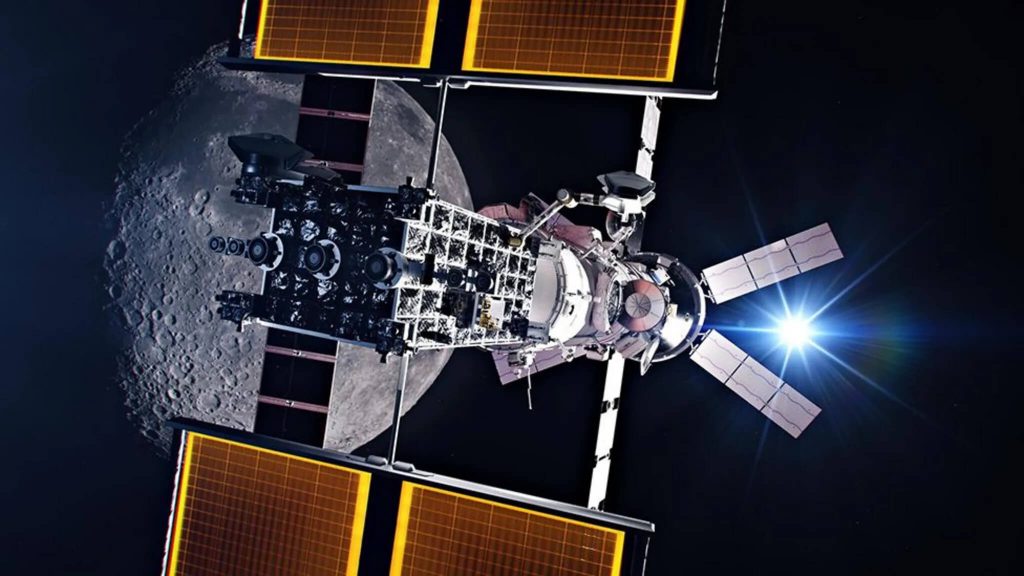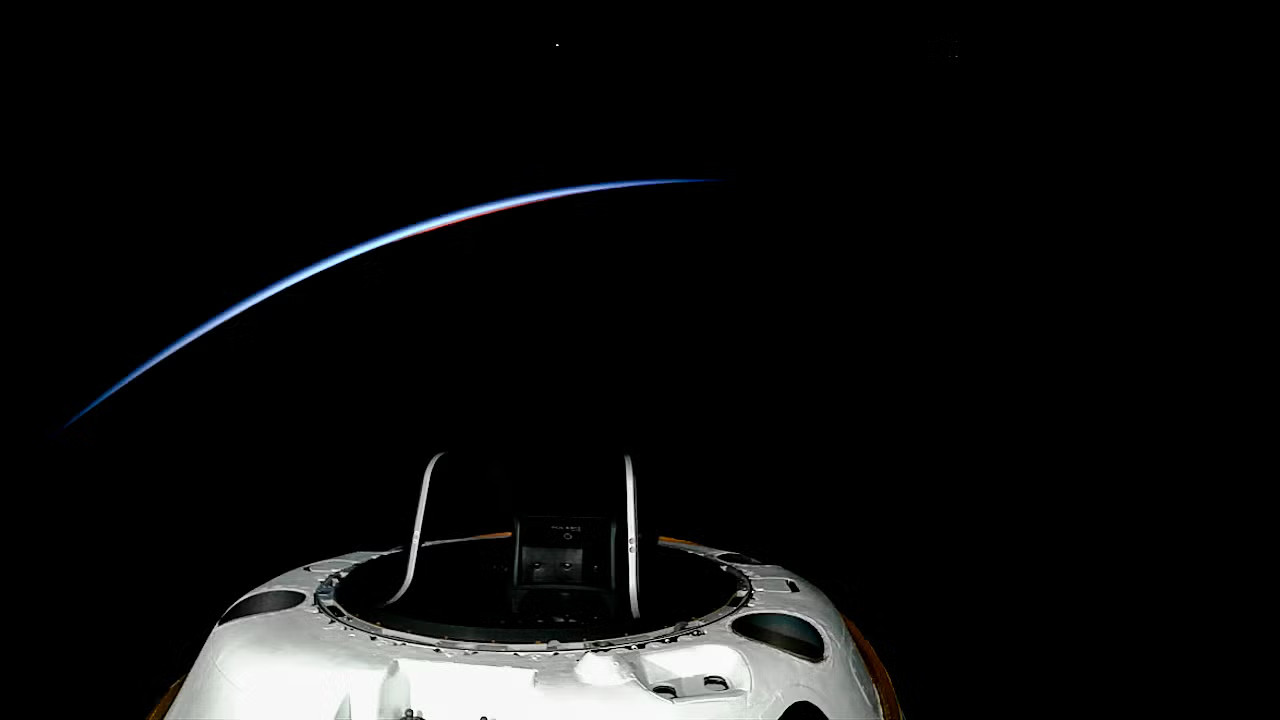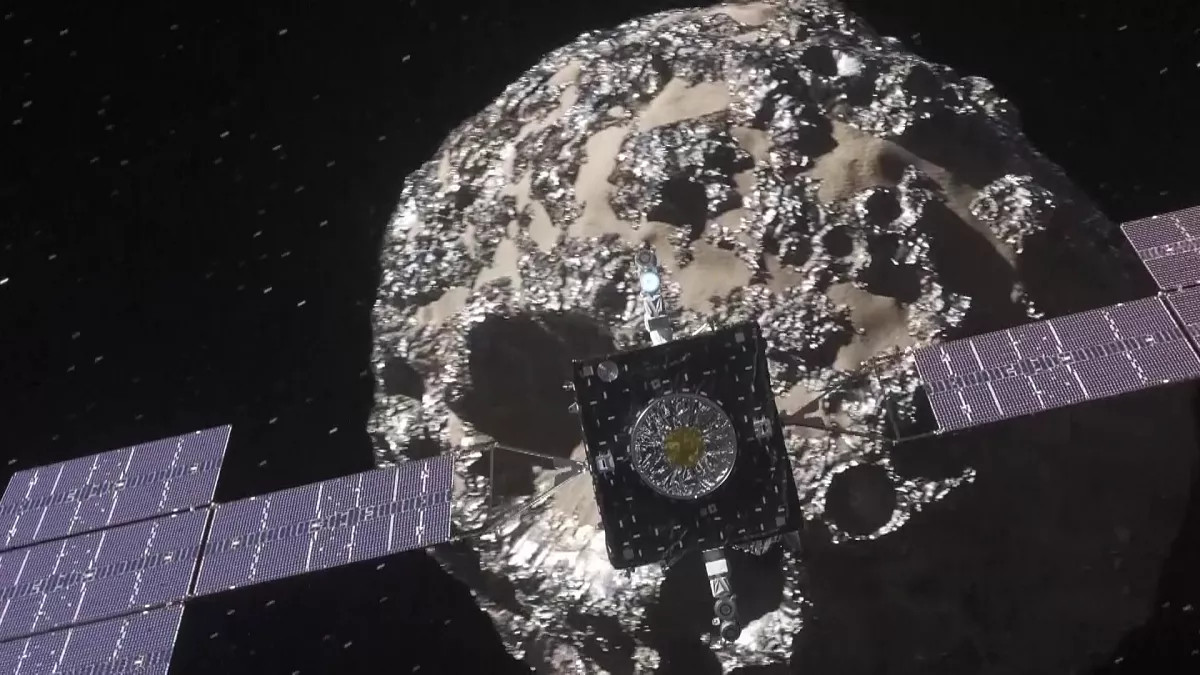NASA has chosen SpaceX, Elon Musk’s space venture, to deorbit the International Space Station (ISS) at the end of its lifespan. The California-based company will construct a vehicle to guide the 430-tonne space station into the Pacific Ocean in the early years of the next decade. The contract, worth up to $843m (£668m), was revealed on Wednesday.
The ISS, first launched in 1998, has been a home to thousands of scientific experiments since crewed operations began in 2000. Orbiting Earth every 90 minutes at an altitude just above 400km (250 miles), it has facilitated research into various phenomena, from human aging to new material formulas.
Although engineers confirm the station’s structural integrity, plans for its safe disposal are now necessary. Without intervention, it would eventually fall to Earth, posing a significant risk to ground populations. Ken Bowersox, NASA’s director of space operations, stated, “Selecting a US De-orbit Vehicle for the International Space Station (ISS) will help NASA and its international partners ensure a safe and responsible transition in low Earth orbit at the end of station operations.
The ISS project is led by the US and Russia, with Europe, Canada, and Japan in supporting roles. The western partners have committed to funding the station through 2030; Russia’s involvement will last until at least 2028.
NASA has explored various end-of-life disposal options, including disassembling the station for a next-generation platform or handing it over to a commercial entity. However, these solutions present complexities in cost, complexity, and ownership legalities.
Details of the de-orbiting “tug boat” design are yet to be released by NASA or SpaceX. The vehicle will need substantial thrust to safely guide the station into the atmosphere at the right time and place. Some structures and components may survive re-entry due to the platform’s massive size, roughly equivalent to a football pitch.
Controllers will gradually decay the ISS’s orbit, and after the last crew departs, the tugboat will execute the final de-orbit maneuver. Defunct spacecraft are targeted at Point Nemo, a remote Pacific location over 2,500km from the nearest land.
NASA anticipates that several private consortia will have launched commercial space stations by the time the ISS is deorbited. The focus of space agencies will then shift to constructing Gateway, a platform set to orbit the Moon.










